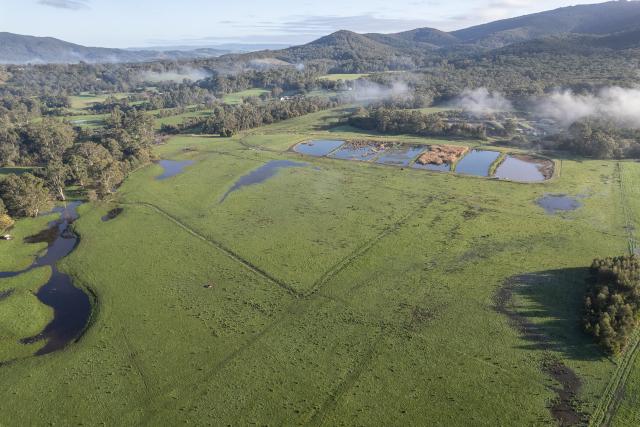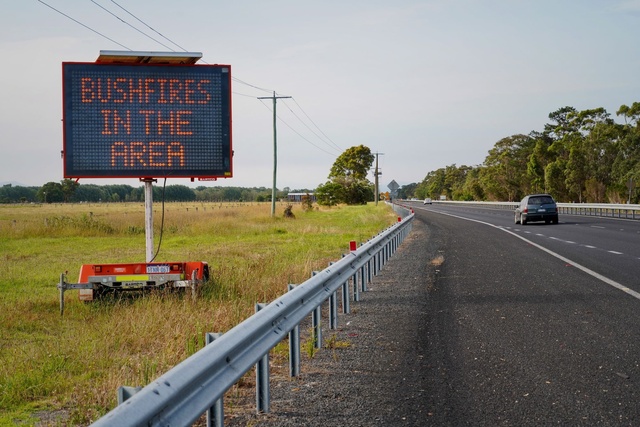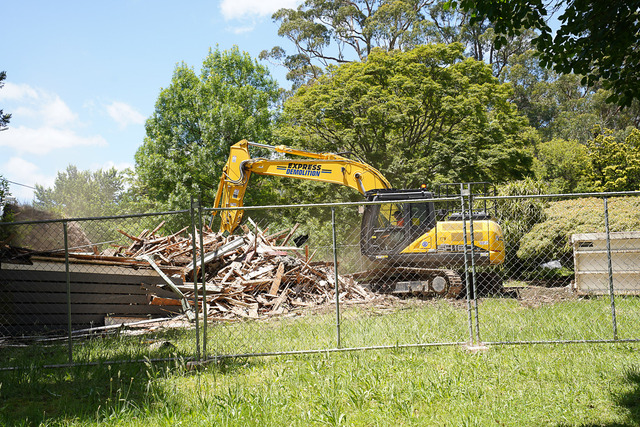Yarra Valley Water is opening up 35 hectares of the Upper Yarra Sewage Treatment Plant site to create new habitat for the critically endangered Helmeted Honeyeater and lowland Leadbeater’s Possum.
Guided by the advice of the Narrap Rangers, the detailed design phase is underway and construction is expected to begin next year.
Senior Engineer, of Place-Based Planning and Resilience at Yarra Valley Water Natalie Hackett said the water sector is in a unique position to provide protection for wildlife, thanks to buffer zones around treatment plants.
“There are approximately only 230 Helmeted Honeyeaters and 24 lowland Leadbeater’s Possums left in the wild. They are critically endangered because of habitat loss through land clearing and degradation from bushfires. But we have a unique opportunity to help protect them,” she said.
“The Helmeted Honeyeater has specific ecological requirements, such as suitable food sources, nesting sites, and suitable vegetation for foraging. Designing a habitat that closely resembles the natural ecological niche of the species is critical for their survival.”
The Upper Yarra Sewage Treatment Plant is located on the floodplain of the Yarra River and was originally a vast swampy forest in which the faunal emblems lived. Zoos Victoria, Greening Australia, Melbourne Water, Jacobs and Spiire are also assisting with the initiative.
Science Lead at Greening Australia Dr Elizabeth Pryde said the project demonstrates the opportunities that can be unlocked when diverse stakeholders come together to help nature.
“As one of Australia’s leading restoration organisations, we’re thrilled to bring Greening Australia’s experience and expertise to this unique and exciting opportunity to create a vital rewilding site for Victoria’s two critically endangered faunal emblems and to meaningfully contribute to reducing their risk of extinction,” she said.
“Rebuilding nature is no simple task. The option to integrate recycled water produced at the site into the project will allow swamp forest habitat to be restored and enhance its ability to withstand prolonged dry periods under a changing climate.”
The original swampy environment will be recreated by utilising recycled water from the treatment plant.







